Ask AI on The Internet
Question: I need 5 paragraphs about Cheese Fondue
### Introduction to Cheese Fondue Cheese fondue, a dish with roots tracing back to the mountainous regions of Switzerland, has evolved into a beloved culinary experience worldwide. Traditionally a simple, communal meal enjoyed during harsh winters, cheese fondue involves melting a blend of cheeses with wine and seasonings in a pot, from which diners can dip pieces of bread or vegetables. The versatility and rich, hearty flavors of cheese fondue have helped it maintain its popularity and significance in various cultures, adapting to different ingredients and modern tastes while preserving its time-honored appeal. ### History and Origins The origins of cheese fondue can be traced back to the 18th century in the Alpine regions, where locals sought ways to make the most of their scarce resources during the long winter months. Farmers and villagers would use leftover cheese, stale bread, and wine to create a warm, filling meal. The term "fondue" comes from the French word "fondre," meaning "to melt," aptly describing the central process of the dish. This tradition transcended its humble beginnings and became emblematic of Swiss cultural heritage, often associated with social gatherings and celebration. ### Ingredients and Preparation A traditional cheese fondue recipe typically includes a blend of Swiss cheeses such as Gruyère and Emmental, dry white wine, a hint of garlic, and a touch of kirsch (cherry brandy) to enhance flavor complexity. The preparation involves melting the cheese mixture slowly over low heat in a communal pot called a caquelon. A small amount of cornstarch or flour is often added to stabilize the mixture, ensuring a smooth, consistent texture. Once melted to creamy perfection, the fondue is placed over a small burner to keep it warm while diners dip morsels of bread, vegetables, or fruits using long forks. ### Variations and Modern Twists While the classic Swiss cheese fondue recipe remains a favorite, many contemporary variations have emerged, incorporating diverse cheeses and ingredients to suit different palates. Italian-style fondues use cheeses like Fontina or Taleggio, while American versions might include cheddar or Monterey Jack. Some recipes introduce additional flavors with the inclusion of herbs, spices, or even truffle oil. Non-traditional dippers such as roasted potatoes, cured meats, and gourmet mushrooms broaden the fondue experience, catering to the adventurous tastes of modern food enthusiasts. ### Social and Cultural Significance Beyond its culinary allure, cheese fondue holds significant cultural importance as a symbol of togetherness and conviviality. As a communal dish, it encourages interaction and sharing, making it a popular choice for gatherings, festive occasions, and intimate dinners. The act of dipping and eating from a shared pot fosters a sense of camaraderie and connection among participants. In Switzerland and beyond, fondue gatherings often come with their own set of customs and etiquette, such as ensuring everyone keeps their pieces submerged, and playful consequences for anyone who loses a bread cube in the pot. This rich tradition, blending history, culinary artistry, and social joy, ensures that cheese fondue remains a timeless favorite.
Think your answer is better than the AI's? Post it below.
Other Most Relevant Posts:
 Chevre Recipe
Feta
Mascarpone Dessert Topping
Mozzarella & Tomato Salad
Ricotta Filling
Brie with Fruit
Camembert Baked with Baguette
Pont l'Eveque with Bread
Edam Cubes with Mustard
Fontina in R
Chevre Recipe
Feta
Mascarpone Dessert Topping
Mozzarella & Tomato Salad
Ricotta Filling
Brie with Fruit
Camembert Baked with Baguette
Pont l'Eveque with Bread
Edam Cubes with Mustard
Fontina in R
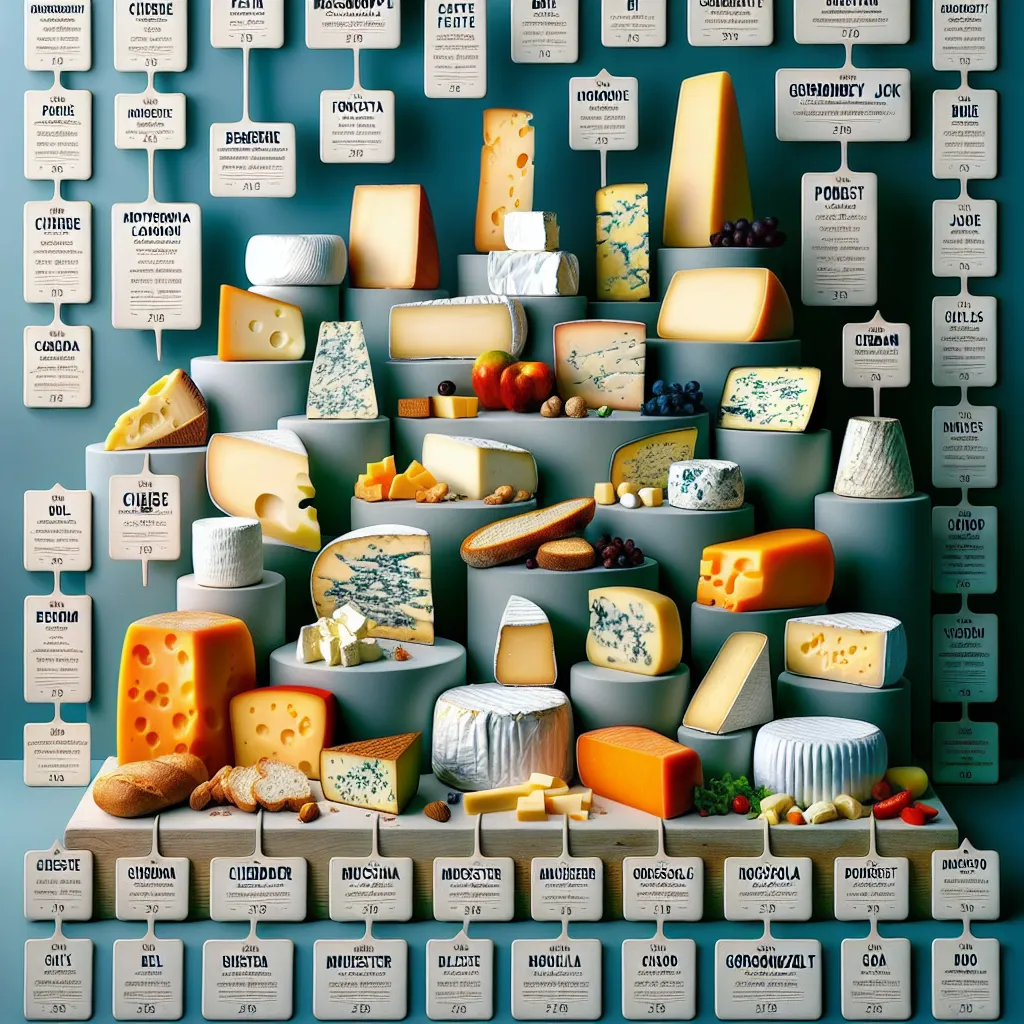 1. Tangy Chevre
2. Salty Feta
3. Creamy Mascarpone
4. Stretchy Mozzarella
5. Creamy Ricotta
6. Soft Brie
7. Earthy Camembert
8. Strong Pont l'Eveque
9. Mild Edam
10. Rich Fontin
1. Tangy Chevre
2. Salty Feta
3. Creamy Mascarpone
4. Stretchy Mozzarella
5. Creamy Ricotta
6. Soft Brie
7. Earthy Camembert
8. Strong Pont l'Eveque
9. Mild Edam
10. Rich Fontin
Question Tags
If you want your question answered by an AI, click here.
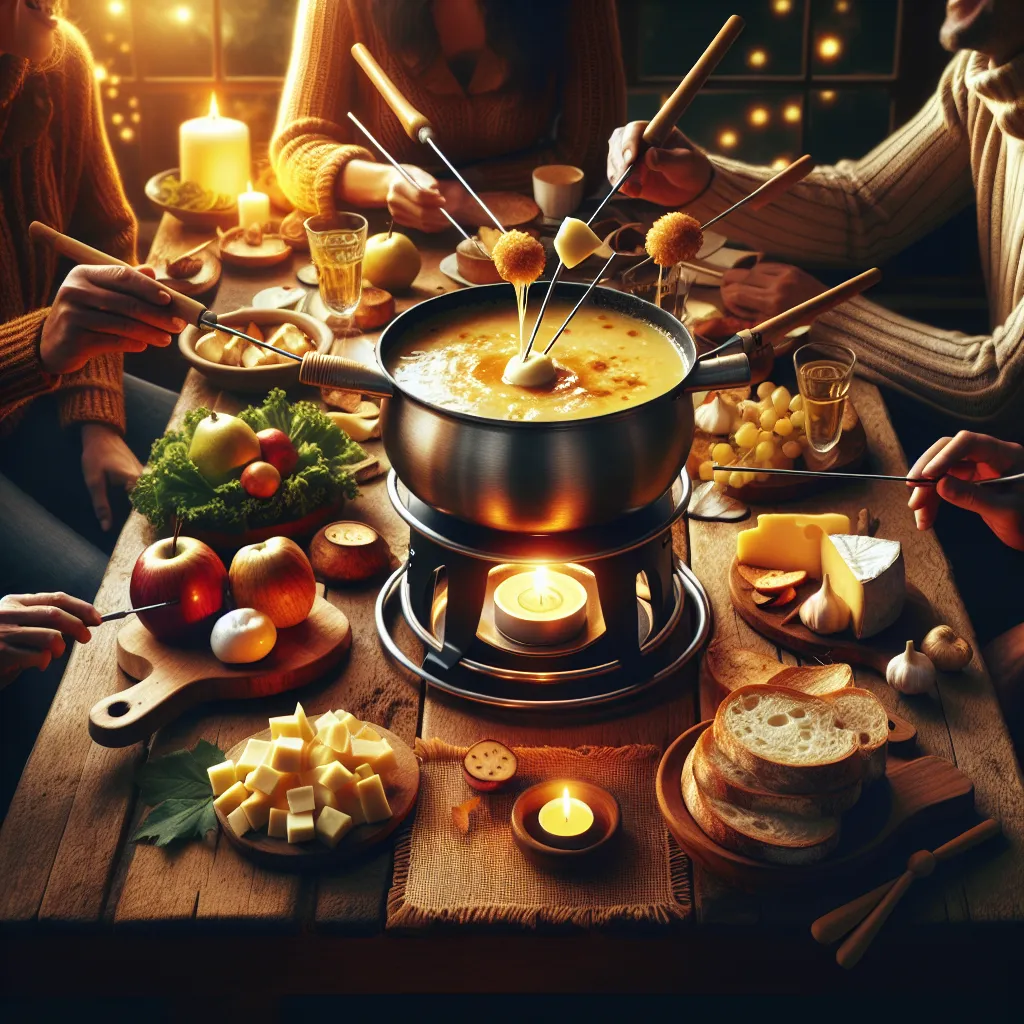

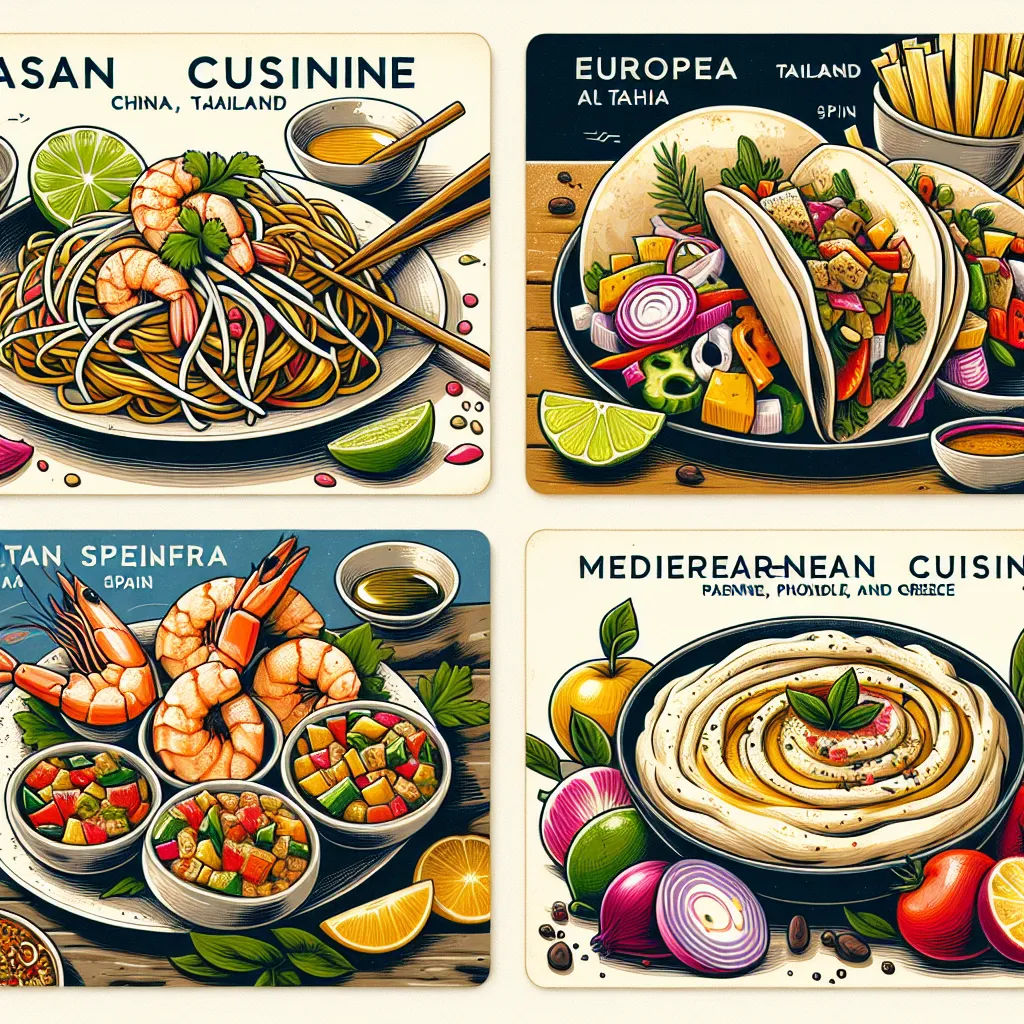
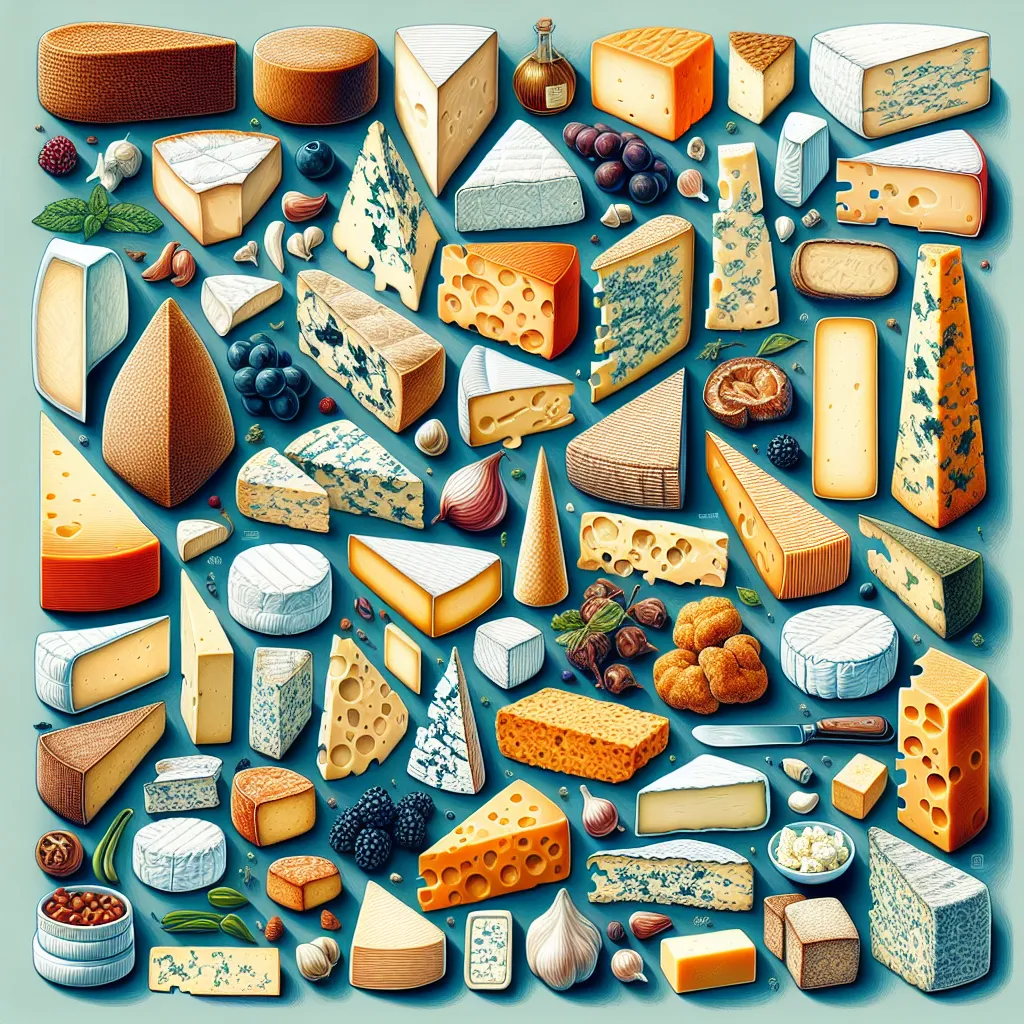
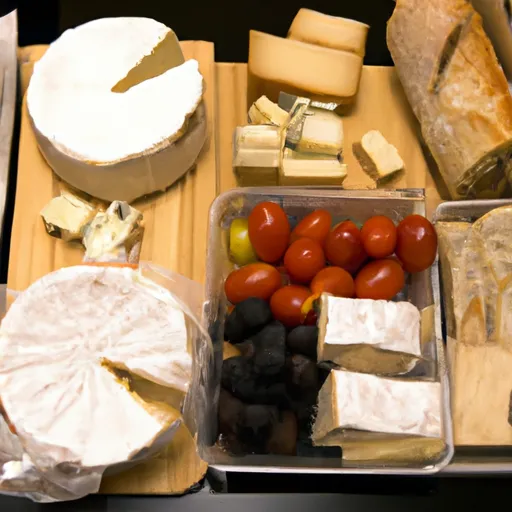
Post your own comment: